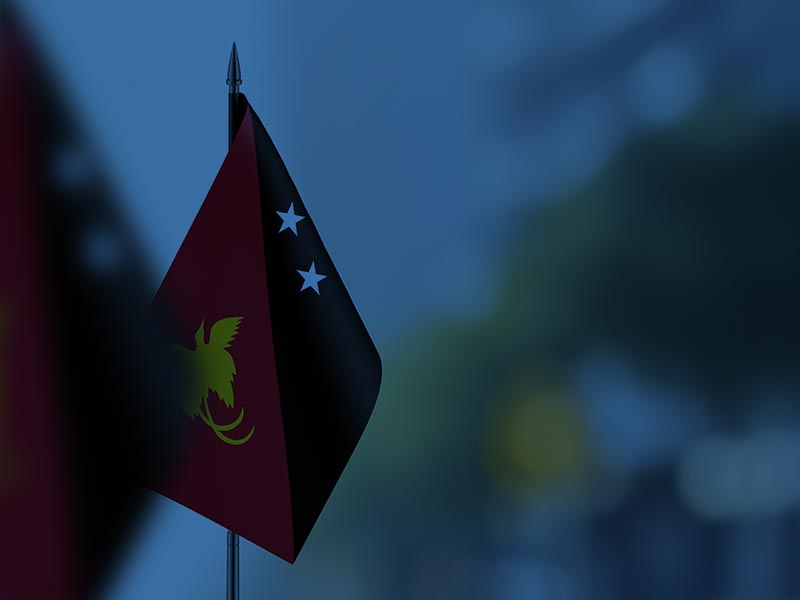
by funfactfeed_admin | Nov 30, 2024 | Language Facts
Accents form through a mix of historical, geographical, and social factors, shaping the unique ways people speak in different regions. When groups of people settle together, they develop distinctive speech patterns based on shared language, experiences, and cultural...

by funfactfeed_admin | Nov 3, 2024 | Language Facts
November’s name comes from the Latin word “novem,” meaning “nine,” reflecting its original position as the ninth month of the year in the ancient Roman calendar, which began in March. In this early calendar, months aligned with the...

by funfactfeed_admin | Sep 26, 2024 | Food Facts, History Facts, Language Facts
While today “chai” commonly refers to a type of spiced tea, the word itself simply means “tea” in several languages—including Hindi, Farsi, Russian, Arabic, Turkish, Urdu, and Swahili. In fact, “chai” originates from the Mandarin Chinese word “chá”, which...

by funfactfeed_admin | Sep 24, 2024 | Language Facts
The Cornish language (Kernewek) is a Celtic language native to Cornwall, a region in the southwest of England. It’s part of the Brythonic branch of the Celtic language family, which also includes Welsh and Breton. Cornish was widely spoken in Cornwall during the...

by funfactfeed_admin | Sep 8, 2024 | Language Facts
Papua New Guinea (PNG) is home to over 800 languages, making it one of the most linguistically diverse countries in the world. This extraordinary variety accounts for nearly 12% of the world’s languages, with a population of around 9 million people. The...

by funfactfeed_admin | Sep 7, 2024 | Language Facts
The five Scandinavian languages—Swedish, Norwegian, Danish, Icelandic, and Faroese—form a fascinating linguistic group with varying degrees of mutual intelligibility. These languages can be divided into two major branches: North Germanic mainland languages (Swedish,...








